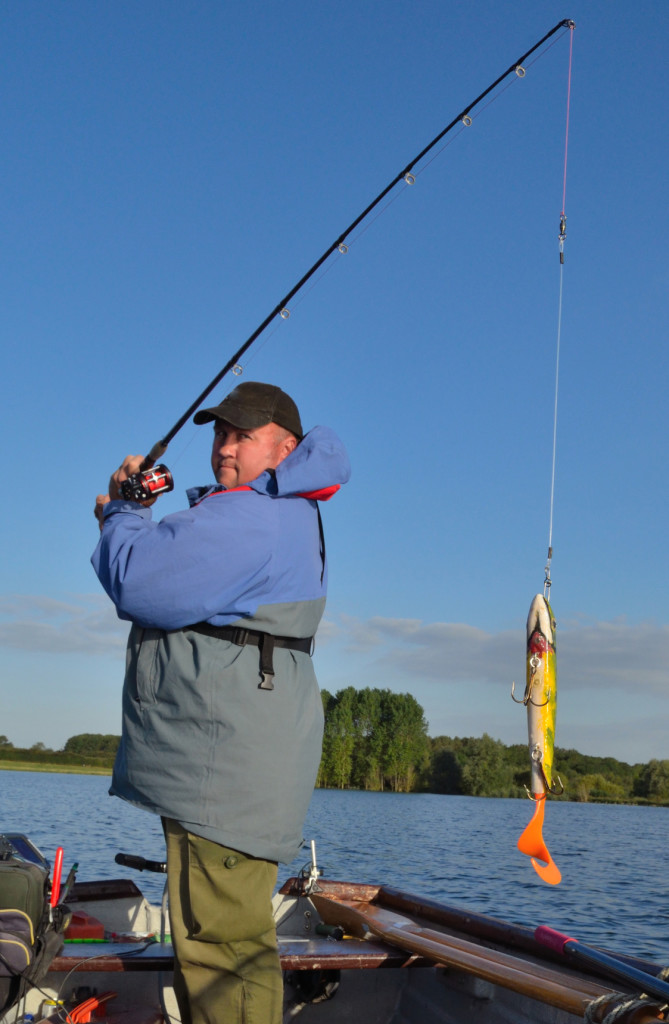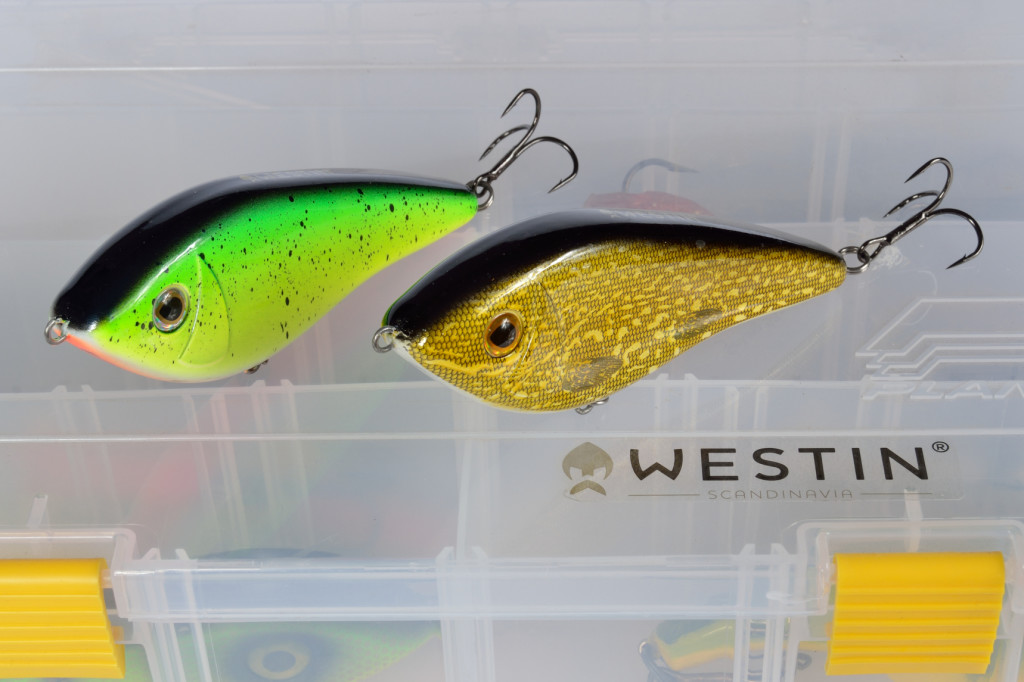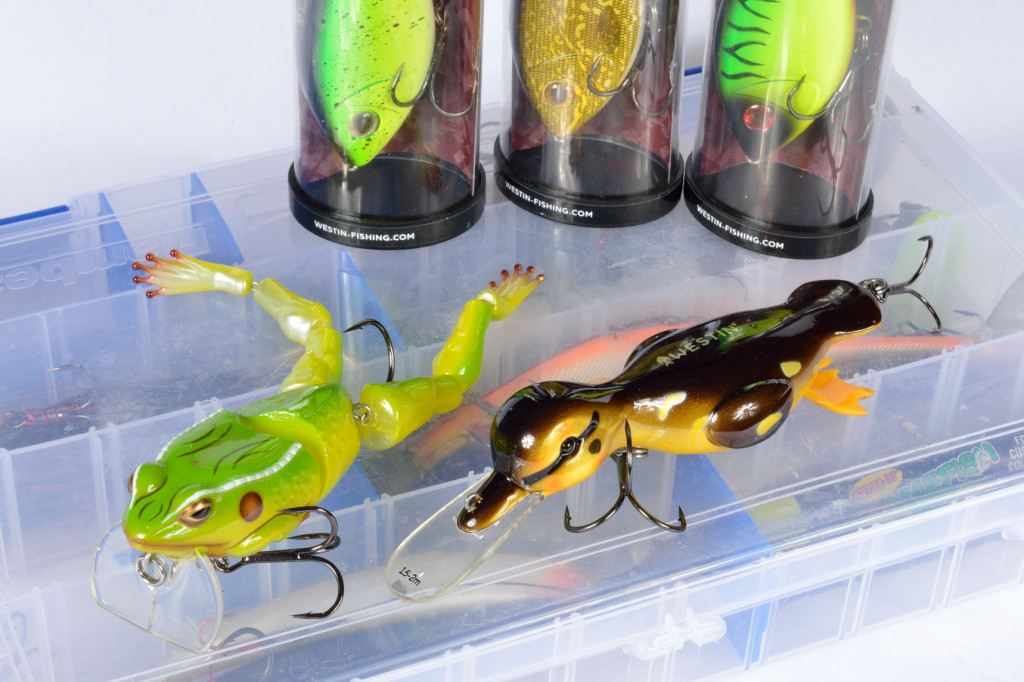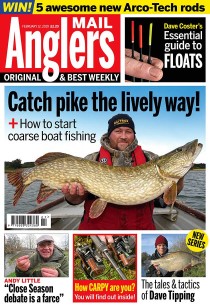Post Spawn Pike Fishing
During the post-spawn period the pike are hungry, and eat the majority of the food they consume during the whole year. They won’t be at the heaviest weight, but will be long and lean, and hard- fighting as they are feeding hard trying to make up weight from spawning.
Late April and early May can see some great fishing, as these hungry pike are drawn to the shallow warm water areas and bays where bait fish, such as roach and bream, are concentrating in numbers, ready to spawn. Pike shadow these spawning shoals and pick off the weak fish at the edge of the shoals. Finding these shoals is the real key at this time of year, but once you have found them sport can be hectic.
Shallow water fishing like this is great fun, and really the key lures to use are either unweighted shads or jerkbaits.
Most anglers will never have fished with an unweighted shad, but it is really quiet simple, to swap out the jig head for a simple screw-in connector – this way you are simply using the weight of the shad body to sink the lure, so you can fish them really shallow and slowly over where the pike might be lying.
Certain shads work better than others for this method – look for a wide-bodied shad without too much body roll, as this can make them unstable without any weight. Also make sure you rig them so the trebles are on the underside of the lure, this adds a tiny bit of keel weight to them and stops them sinking head first on the pause with the weight of a wire trace. Obviously the bigger the trebles you use the more this will help with adding weight to the lure, but you don’t want to go over the top. I like to use big shads for this type of work as I want a big silhouette for the pike to look up at, and the bigger shads tend to be more stable when rigged like this. Most shads I use will be in the 8 inch range, and for these I usually rig two belly trebles in 1/0 – 2/0 size depending on the width of the shad. When working these lures it is important not to work them too quickly, as with them being unweighted this is when they can become unstable in the water, and start to roll and twist, which although it sometimes looks good, is an action I have never caught a pike on. The most successful retrieve is a simple slow straight-on with the tail only just wagging, and the lure lolling from side to side like a worn out bait fish. Takes on this method are inevitably slack-liners – so you need to pick the line up quickly with a turn of the reel, before setting the hooks hard.
Jerkbait fishing is one of my favourite methods, but it is really only effective in shallow water less than a couple of metres deep. This is because most jerkbaits are weighted to fish in this narrow depth range. You can get ones that fish deeper, but, usually, because of the weighting needed, they don’t have the same action at depth or the same hang time in the water. This “hang time” is the key with jerkbaits, as they are more or less neutrally buoyant – when you twitch the rod the bait will shoot and glide, then rest motionless as the slack is taken up by the angler – this slack period is known as “hang time” and is a key trigger for a following pike to take the lure. No other lures have an action like this, and at the right time jerkbaits can be like pike magnets. The unfortunate thing about them is you need specialist tackle to catch them. Stiff rods are needed to impart the correct motion in the lure, using your normal lure rods won’t work them as well, as a lot of the “jerk” imparted will be lost in flexible rods. Hooking is also impeded with softer rods, as you need to move the hard plastic or wooden lure within the pike’s mouth to set the hooks.
Top-water lures can also be very effective at this time of year, fished closed to weed beds or reeds. You can get all manner of top-water imitations from ducks to frogs, but the secret of any top-water lure is to fish it slowly with lots of pauses. Pike do feed on the surface from time to time, I have even seen them rolling and eating buzzers on the surface when there is a glut, but it is not their usual practice. So a slow retrieve with plenty of pauses gives the pike plenty of time to inspect and take the lure. Lure fishing on the surface like this is an exciting way to fish, especially when you see a big bow wave rushing up behind your lure!







